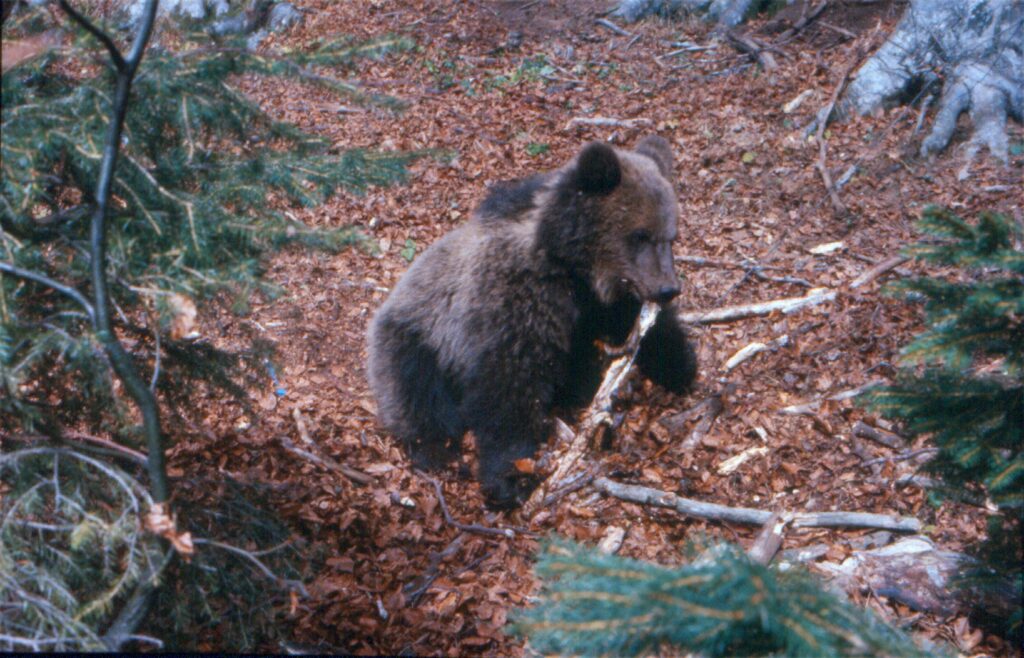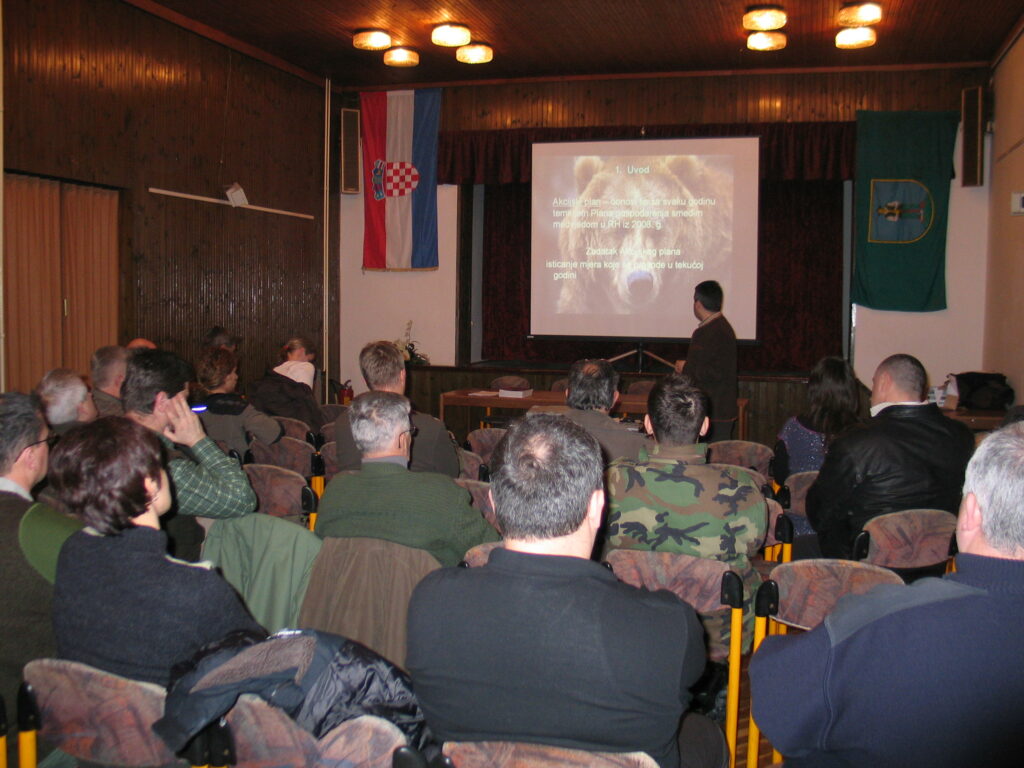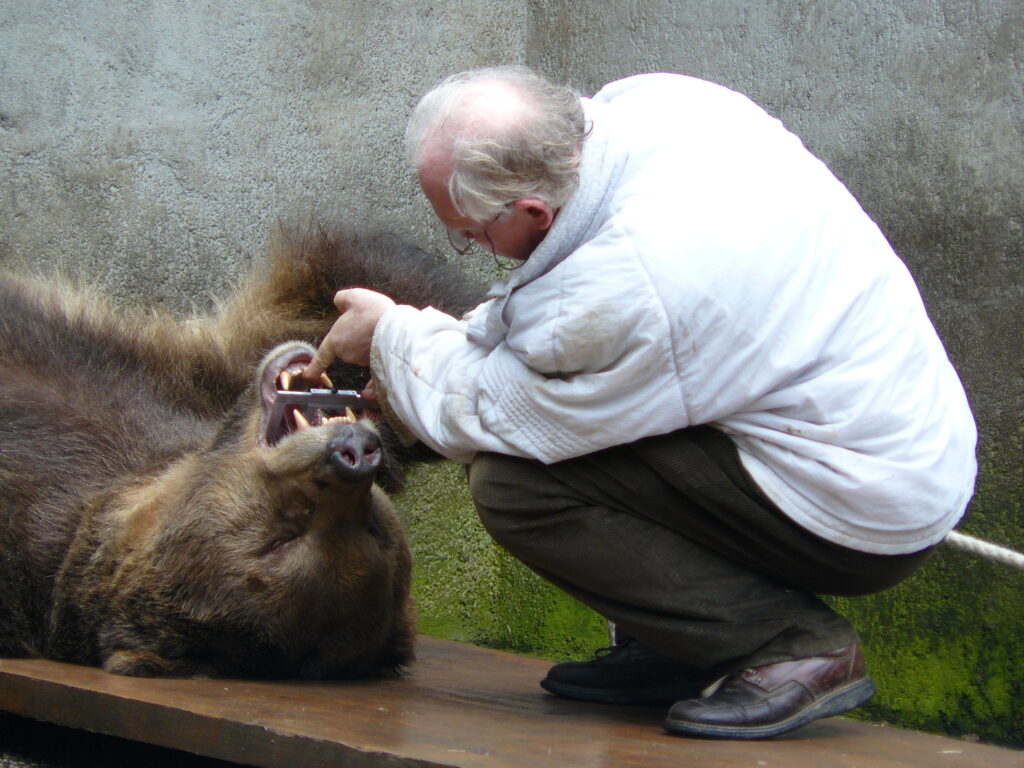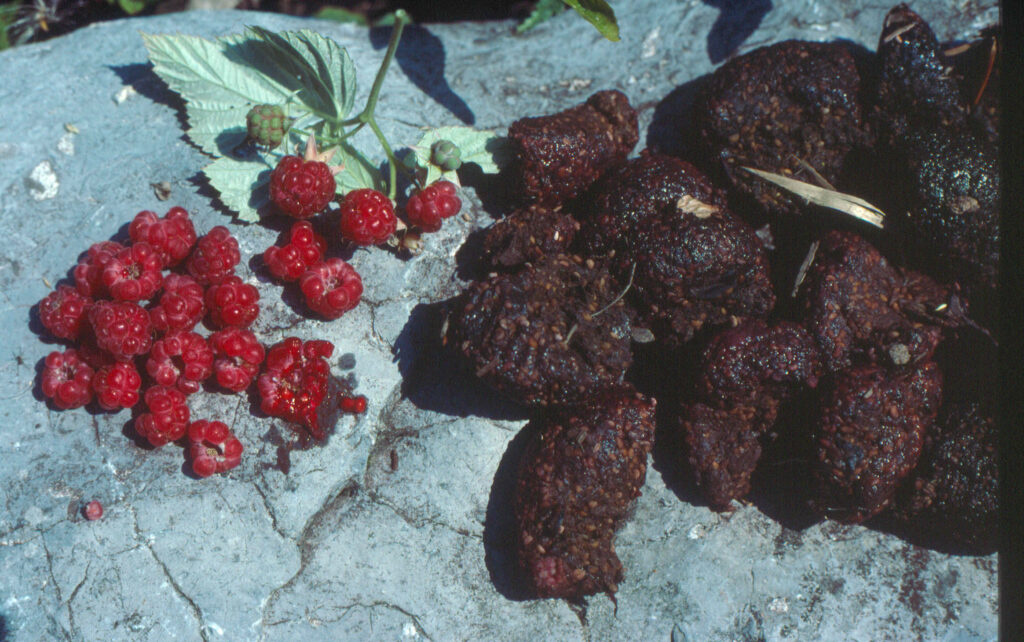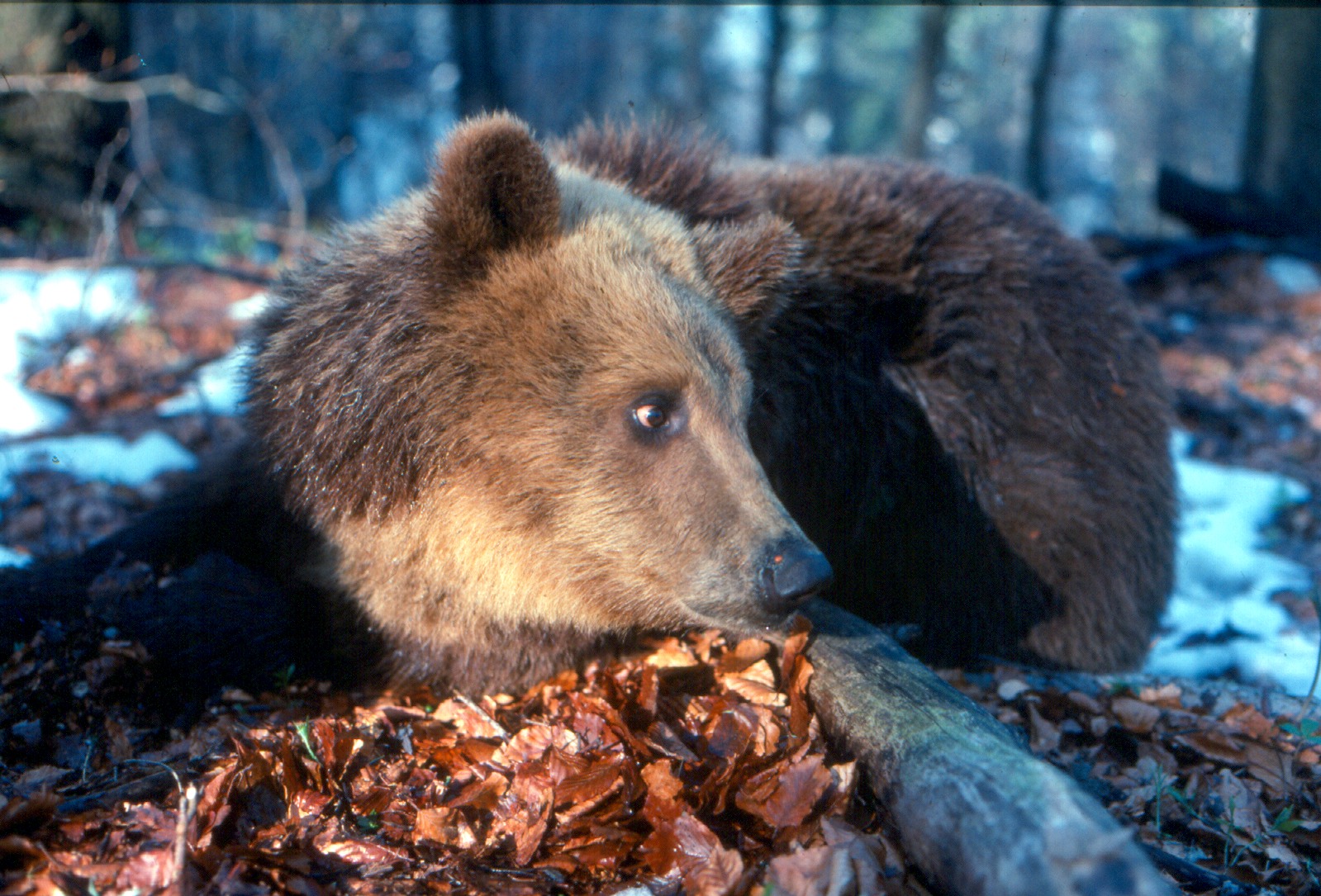The most important management decisions are the actions that directly influence and regulate the population size. The bear population in Croatia has been continually growing since the 1950s, and is in a favourable conservation status, but the actual number is not known. Current estimate is around 1,000 individuals. Natural regulation would stabilize the population size at the habitat capacity level. As the bear habitat is also inhabited by humans, typically the capacity of the habitat is above the social capacity, i.e. above the point when the risk of conflict (damages and threats to human safety) is perceived as unacceptably high. Bears in Croatia may be hunted but hunting restrictions in the first half of the previous century helped the population to grow from less than 100 bears to the current numbers. According to the hunting guidelines, hunting of bears is managed through yearly quotas. However, at present the decision of quota size is made without an essential piece of information, namely the scientifically based population estimate. This is the source of various complaints: some people – assuming that there are too many bears- believe that the quota should be much higher, while others are against any quota claiming the bear population cannot sustain such losses. Hence, knowledge about the actual population size of the Brown bear population is an absolute prerequisite for gaining and maintaining public acceptance of the bear in Croatia.
The main and also innovative activity of this two-year project in 2006-2008 was to make a scientifically sound estimation of the total bear population size by using DNA extracted from bear scats and individual recognition of each bear. When the total population size is known, implementation of the management plan can be carried out further. Traditionally bear managers count the animals at feeding sites. This method tends to be biased but the genetic method and standardization of hunters’ counts allows for the calibration of traditional methods and the continuous insight into the population trend.
Results
The project was financed by the Dutch Ministry of Agriculture under the BBI-Matra program. There was an accurate estimate on the number of wild bears in Croatia; from DNA-analysis it was concluded that there were between 700 and 1,000 bears living in Croatia (at that time). The public attitude towards bears was measured by means of questionnaires.
